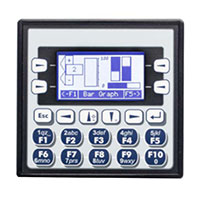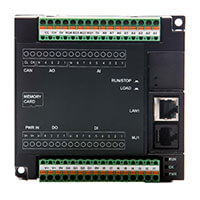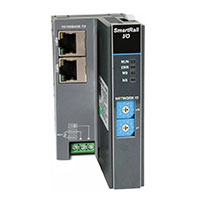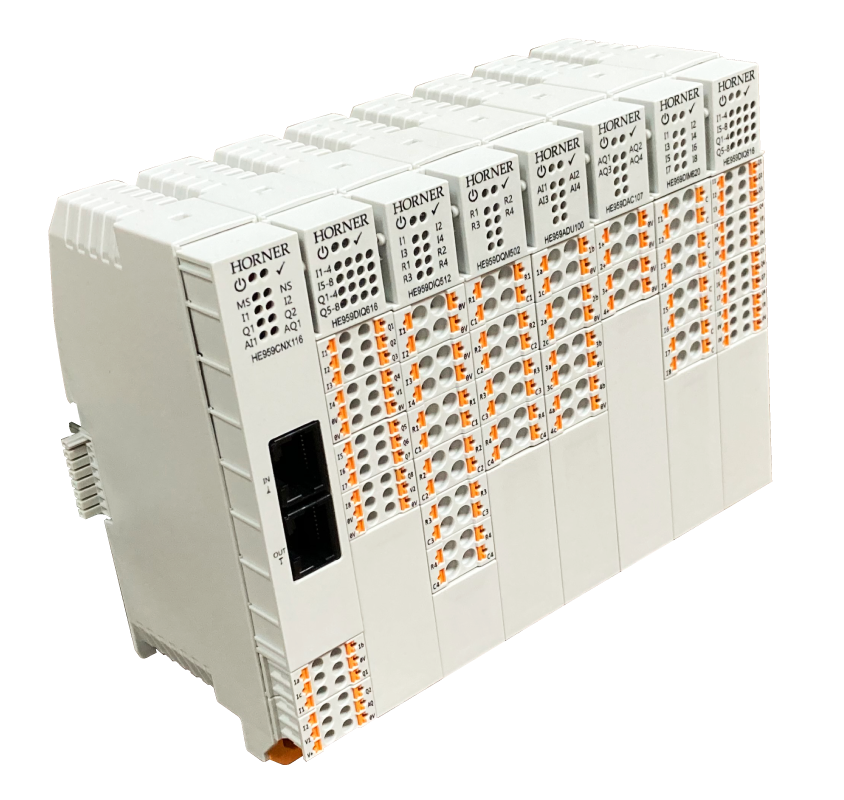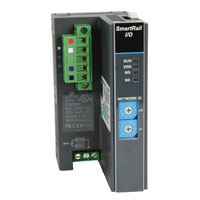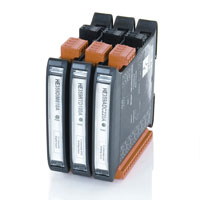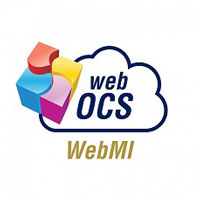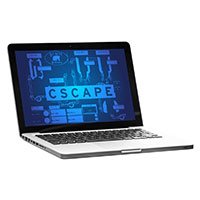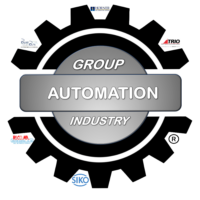Flexography is a form of rotary printing in which ink is applied to metal by means of flexible rubber (or other elastomeric) printing plates. The inks used in flexography dry quickly by evaporation and are safe for use on wrappers that come directly in contact with foods.
It is essentially a modern version of letterpress, evolved with high-speed rotary functionality, which can be used for printing on almost any type of substrate, including plastic, metallic films, cellophane, and paper.
This Flexographic application took place in Poirino, near Turin, Italy. It’s total implementation time took 6 months to complete.
For this application, there were several requirements by the customer:
- Quick format change to enable the user to save time during machine setup.
- Recipes for saving operator time during format change, improving quality and avoid waste.
- Possibility to fine tune format with plant running, difficult task as the two motors for format change and the air valves are inside a rotating cylinder.
- Show sheet loss on a large display to ease operator tasks and overall positions display of both horizontal and vertical motors, for each of the six printing groups.
- Efficient Alarm display and acknowledgement.
- Machine status display.
It was important to the customer that the application adhered to a safety-first principle and that alarm displays were fast and efficient to prevent unnecessary time losses and waste in production. There were also some industry 4.0 requirements which needed to be met. The end-user requested a full remote view of the machine production status and remote access to the controller for maintenance and debugging.
The following products were chosen to meet these requirements:
- A Horner XL+ PLC Mod 3 with some embedded I/O used for pushbuttons and lamps was chosen as the main unit for control.
- A Horner XL4 PLC as a remote CPU used in the auxiliary cabinet.
- Horner OCS I/O remotely connected on CsCan with I/Os installed locally on each of the six printing groups.
- CANOpen line to the SIKO Drives.
The XL+ was chosen for it’s 15″ TFT Colour Touchscreen Display and small embedded I/O count. The XL4 was used as a remote on DIN rail inside the aux control cabinet.
Thanks to the CAN ports used either with CsCAN protocol or CANOpen, it made it possible for fast remote operations with I/O and Siko drives.
Ethernet ports on the Horner XL+ & XL4 PLC allowed for internal connection and local network for industry 4.0 requirements and remote access.
These features allowed straightforward implementation with less wiring and easy setup and configuration of both Horner devices and Siko drives. Thanks to Horner’s fully integrated configuration software, Cscape, there was easy programming with Advanced Ladder and machine commissioning also. The CANOpen configuration was also straightforward to set up and the new OCS I/O from Horner allowed fast connections and easy setup.
A quote from the End user of this application told us: “We never had any issue on format change from day one, big improvement from the previous manual system and very bright display the allows operators monitoring from far away”.



